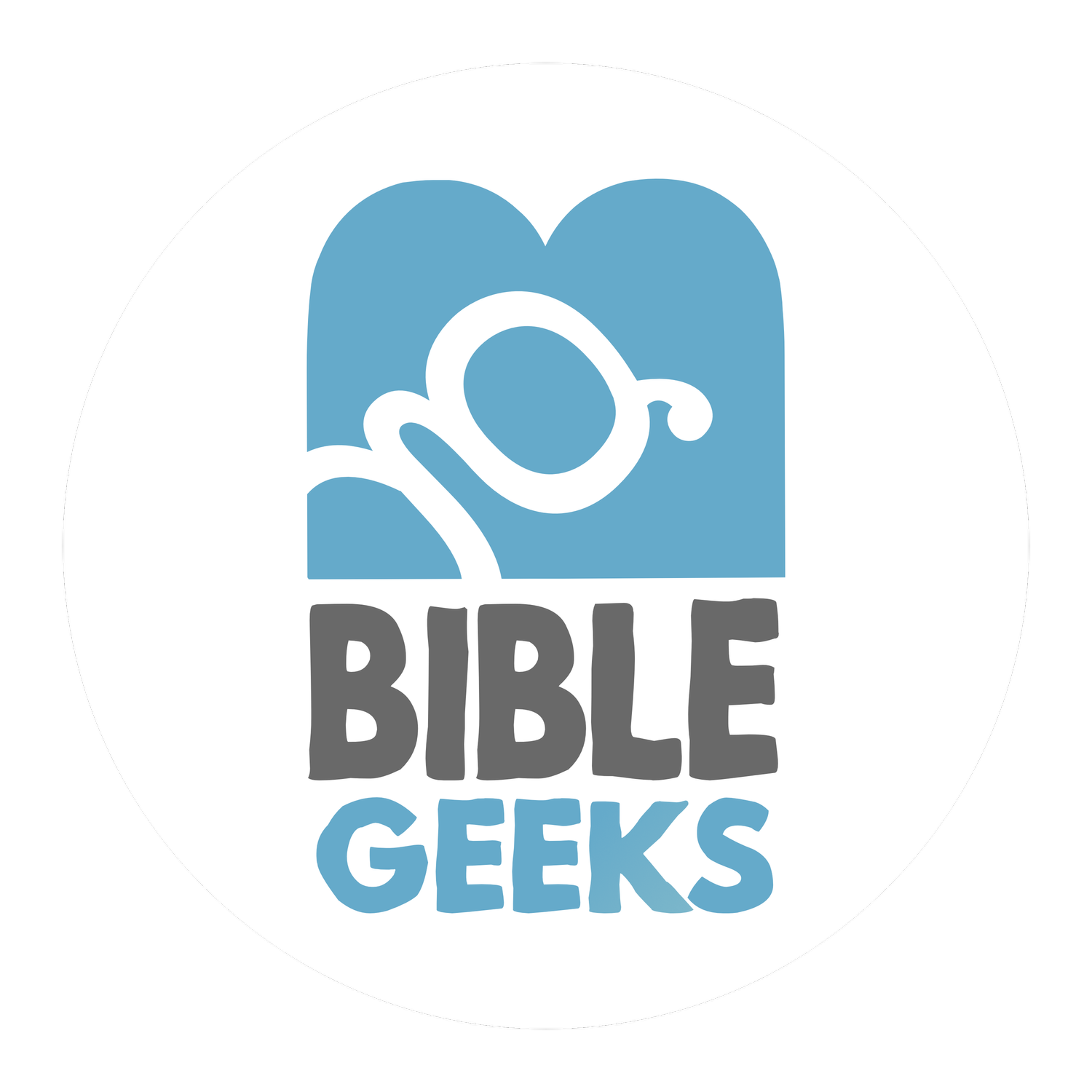“What’s the Bible All About?”
This is an adapted excerpt from Square One, Session 3. Check out the full Square One series here.
We all have “that friend” who loves to ruin the ending of a great story. Before you can figure out who-dunnit on your own, they swoop in and spoil the whole thing by revealing the twist. It’s pretty annoying! But once you know the spoiler, there’s no escaping it — you see the clues everywhere. The surprise vanishes, but a new kind of understanding takes its place.
Spoiler alert: We’re about to reveal the plot twist of the greatest Book ever written. And once you know it, you’ll never see the story the same way again!
Let’s get to know Jesus through the Scriptures. What can seem like a big tangle of stories and teachings actually has one thread — one singular focus — tying it all together. The Bible is a guidebook, and like any good map, it’s not just leading us somewhere; it’s leading us to someone.
Jesus is who this book is all about. He once told a group of religious scholars, people who studied God’s Word constantly, “You search the Scriptures because you think that in them you have eternal life; and it is they that bear witness about me, yet you refuse to come to me that you may have life” (John 5:39-40). They had missed the entire point. They were studying the map but refusing to meet the person it was pointing to.
The Big Idea
All of Scripture points to Jesus. The Bible isn’t just the history of the world, but the incredible story of God redeeming us and bringing us back to himself through his Son.
The Bible starts with the words, “In the beginning” (Gen. 1:1), and so does the Apostle John’s introduction to Jesus. John introduces Jesus as “the Word,” someone who was with God and was God, who made the world and then entered it in the flesh (John 1:1, 14). Once you have this spoiler in mind, you can see hints of Jesus from the very first pages of the story.
After the first humans brought sin into God’s good world and were exiled from the garden, God gave a mysterious promise. He said that one day, an offspring of the woman would come to crush the serpent’s head (Gen. 3:15). For centuries, readers were left wondering: who is this serpent-crusher?
Later, God chose one man, Abraham, and promised that through his offspring, “all the families of the earth” would be blessed (Gen. 12:3). That promise was tested when God asked Abraham to sacrifice his only son, Isaac, but at the last moment, God himself provided the sacrifice instead. Again, we wonder: who is this promised offspring that will bless the world and be the ultimate sacrifice?
Centuries later, Moses led God’s people out of slavery, gave them God’s law, and pleaded for them when they rebelled. God promised to one day raise up another prophet like Moses. Then there was King David, who was promised an heir whose kingdom would last forever (2 Sam. 7:12-16). The prophets who followed spoke of a mysterious Messiah — a child who would also be God (Isaiah 9:6-7), a king who would suffer and be pierced for our failures (Ps. 22:16; Isa. 53:5).
Into this swirl of questions and expectations, Jesus was born. The New Testament reveals him as the stunning fulfillment of every one of these threads. He is the serpent-crusher, the promised offspring of Abraham, and the ultimate sacrifice God provided. He is the prophet like Moses and the forever-king from David’s line. He taught the law, died for our sins, and rose again to reign at God’s right hand.
And the story isn’t over. It continues today as we live for him, telling others this good news until the king returns. That’s the point of this big book. So, do you see how the whole Bible points to Jesus? A lot happens in its pages, but Jesus’ saving work is the thread that ties it all together. After his death, Jesus himself gave two disciples this exact tour.
The Big Question
Do you see how the whole Bible points to Jesus? As we continue this journey, may God help us all to find life and light, grace and truth (John 1:4, 17).
